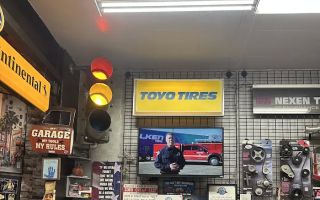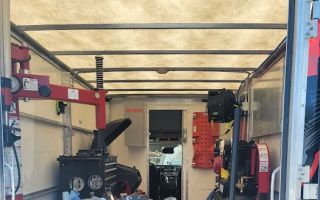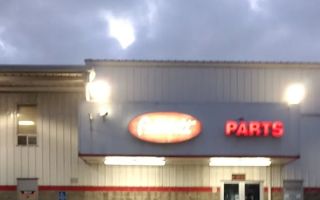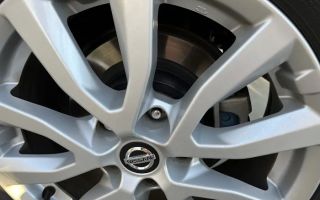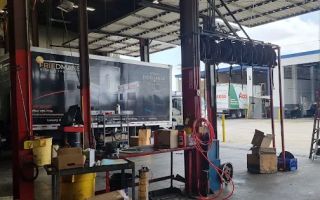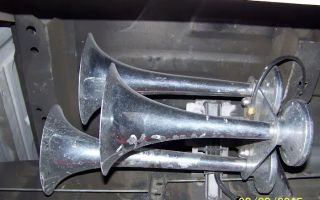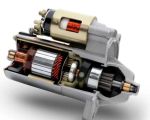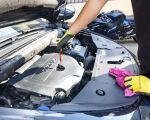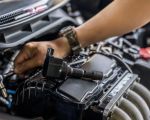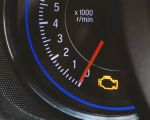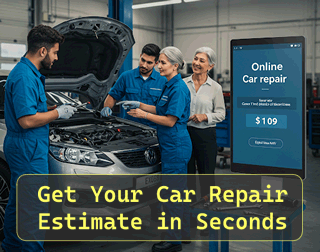- 1 - Understanding-the-risk-of-tire-blowouts
- 2 - Importance-of-regular-tire-maintenance
- 3 - Correct-tire-pressure-and-its-impact
- 4 - Safe-driving-habits-to-reduce-blowout-risk
- 5 - Recognizing-warning-signs-of-tire-failure
- 6 - Real-life-cases-and-lessons-learned
- 7 - Emergency-response-tips-for-blowouts
1. Understanding the Risk of Tire Blowouts
Tire blowouts on highways are sudden, often unexpected failures that can lead to dangerous accidents. They occur when a tire rapidly loses air pressure or structural integrity, causing the vehicle to lose control. On high-speed roads, the consequences of a blowout can be severe due to the reduced reaction time and increased stopping distances.
Common causes of tire blowouts include overinflation, underinflation, tread wear, and road hazards. Understanding these risks is the first step toward prevention and safer driving experiences. Statistics from the National Highway Traffic Safety Administration (NHTSA) highlight thousands of blowout-related crashes annually, underscoring the importance of proactive tire care.
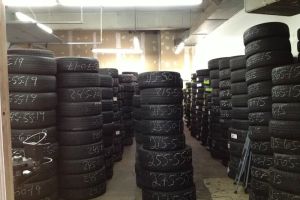
MR. TIRE INC.
2078 New York Ave, Huntington Station, NY 11746, USA
2. Importance of Regular Tire Maintenance
Routine tire maintenance is vital for preventing blowouts on highways. Inspecting tires for cracks, bulges, or uneven wear can help identify problems before they escalate. Regular tire rotations and alignments contribute to even wear patterns, extending tire life and reducing failure risk.
Professional inspections, recommended every 6,000 to 8,000 miles, provide a thorough check of tire condition. Neglecting maintenance often leads to hidden damage that increases the likelihood of blowouts, especially during long highway trips.

MR. TIRE INC.
2078 New York Ave, Huntington Station, NY 11746, USA
3. Correct Tire Pressure and Its Impact
Maintaining the correct tire pressure is one of the most effective ways to prevent blowouts. Both overinflated and underinflated tires are prone to damage; overinflation can make tires more susceptible to impact damage, while underinflation causes excessive heat buildup, weakening tire walls.
Using a reliable tire pressure gauge and checking pressure monthly, including the spare tire, ensures optimal inflation. Vehicle manufacturers provide recommended pressures in the owner’s manual or door placards. Adjusting pressure based on load and driving conditions is also important for highway safety.
4. Safe Driving Habits to Reduce Blowout Risk
Adopting cautious driving habits greatly minimizes blowout chances. Avoiding potholes, debris, and curbs reduces tire damage. Driving at moderate speeds decreases heat stress on tires and improves control if a blowout occurs.
Maintaining proper following distances allows more time to react to tire failures. Drivers should also avoid overloading vehicles, as excessive weight strains tires beyond their limits, increasing failure risk.
5. Recognizing Warning Signs of Tire Failure
Early detection of tire issues can prevent blowouts. Warning signs include vibrations, unusual noises, visible tread separation, or rapid air pressure loss. A driver in Texas shared how feeling slight wobbling and inspecting his tires helped him catch a slow leak that could have led to a blowout on a busy highway.
Regular self-inspection and responding promptly to unusual tire behavior enhances road safety and reduces emergency situations.
6. Real-Life Cases and Lessons Learned
Consider the case of a family traveling on Interstate 95 who experienced a sudden tire blowout at high speed. Thanks to the driver’s calm response and prior knowledge of blowout handling, they safely maneuvered to the shoulder and called for assistance. This incident highlights the value of preparation and composure in emergencies.
Another case involved a delivery driver whose neglected tires failed, causing costly delays and repairs. This reinforces the importance of regular maintenance and education on tire care.
7. Emergency Response Tips for Blowouts
If a tire blowout occurs, staying calm is crucial. Drivers should firmly grip the steering wheel, avoid sudden braking, and gradually reduce speed while signaling and steering to a safe area. Using hazard lights alerts other motorists.
Keeping an emergency kit, including a spare tire and jack, and knowing when to call professional towing services like Rescue & Towing can make a critical difference in safety and convenience.
Educating yourself about proper blowout response ensures preparedness and reduces panic during unexpected events on highways.
For additional advice, professional roadside assistance, and tire care products, visit Rescue & Towing to find resources that help keep you safe and prepared on the road.



